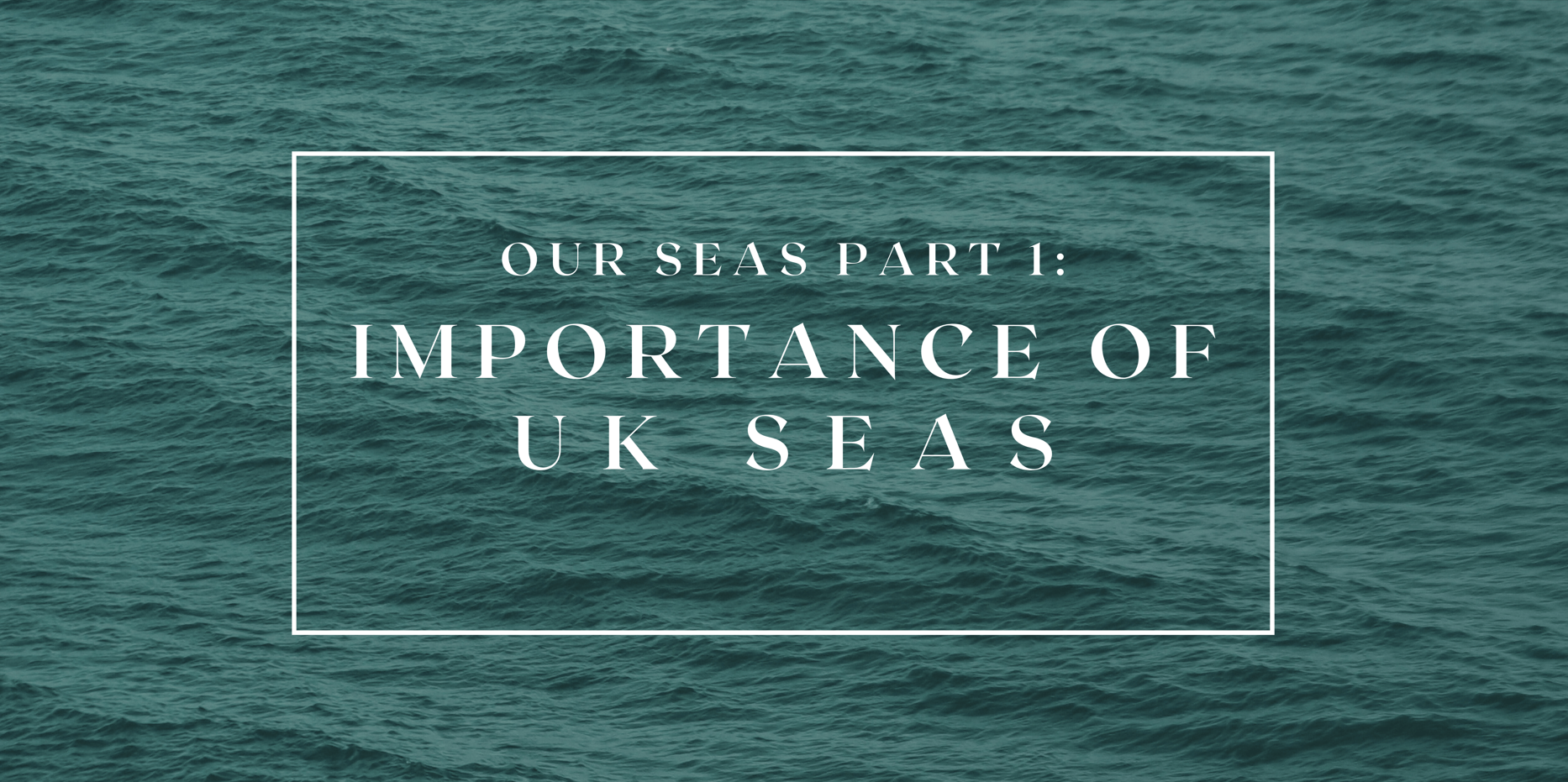From microscopic plankton to basking sharks, our oceans are flourishing with life in more ways than you may think.
But considering the current climate emergency, it’s vital that we educate ourselves about the coastlines on our very own doorstep.
Welcome to the first instalment of the marine biology focus week on the CCCU blog; I’m very excited to be sharing something I’m so interested in with you all!
“With every drop of water you drink, every breath you take, you are connected to the sea. No matter where you live”
Dr Sylvia Earle
The ocean is embedded into our daily routine. Here are some benefits they bring us:
- The ocean drives and regulates our climate and weather, as it absorbs most of the sun’s heat. This heat is then transported around the Earth by currents, from the equator to the poles!
- Half of the oxygen produced on the planet comes from the ocean, meaning we need it to breathe! Thanks to oceanic plants and microscopic phytoplankton, oxygen is released back into our atmosphere through photosynthesis.
- Globally, over 1 billion people rely on the ocean to provide their main protein source: fish! Not only that, but plants, vegetables and animals have all grown as a result of the water cycle, which is ultimately driven by the ocean.
- Whether we like it or not, money does make the world go round. Maritime activities like renewable energy, fisheries and tourism are estimated to have contributed £47 billion each year to the British economy.
- Our seas contain medicinal chemistry! Some marine-originated drugs help to fight heart disease, cancers, Alzheimer’s disease, arthritis, and potentially leukaemia.
- It also brings us joy! The ocean has been found to reduce stress, provide a therapeutic landscape, relax us through swimming, and give us energy boosts through the abundance of negative ions by the sea! Not to mention the fun of fishing, kayaking and surfing.
It’s understandable, and arguably natural, to somewhat switch off when you’re prompted to think of the coasts here in the UK. Our sea can look like nothing more than a simple, cold surface of grey, with the seabed being described by one study’s respondents as being, funnily enough, the same as the sea, but “just covered in water”.
In fact, there seems to be a rather unanimous human regard of British underwater habitats with feelings of disgust and danger, being offput by the murky darkness. This happens particularly when we compare ours with that of the crystal-clear, aquamarine paradise of our not-so-neighbours in Hawaii or the Maldives.
The low water clarity here is rarely a sign of poor ecosystem health; UK sand is often a greyish brown, and with such high tidal movement here, lots of mud and sand gets resuspended in the water, making it less enticingly blue. The phytoplankton mentioned earlier also absorb light in the red and blue end of the spectrum and reflect the green light, making the sea appear greener here!
On the other hand, waters in the Caribbean and tropical areas contain less suspended particles and phytoplankton, which combines with the highly scattered sunlight on those coastlines to create a glittering, turquoise, and sometimes crystal-clear blanket!
So, hopefully you feel a little less gloomy about our seas now, and maybe even admire the abundance of processes constantly working and keeping us connected to the marine world.
Thank you for reading, and please be sure to keep tabs on the rest of the Our Seas Spotlight Week on ur Instagram, Facebook and Twitter. See you on Friday!
By Teigan Barber, Marine Biology with Oceanography student from the University of Southampton
 Sustainability
Sustainability Bethany Climpson
Bethany Climpson 1052
1052


